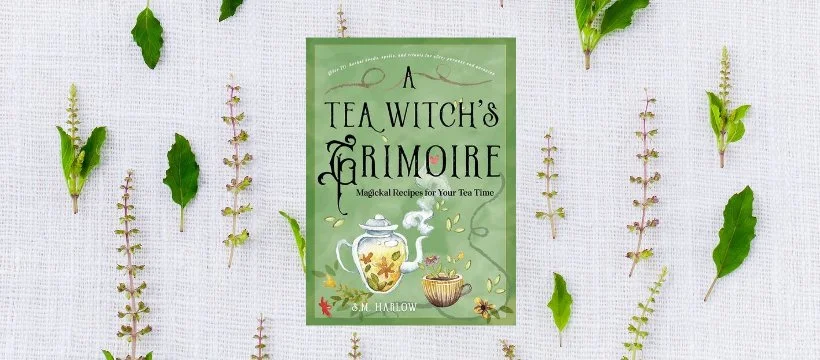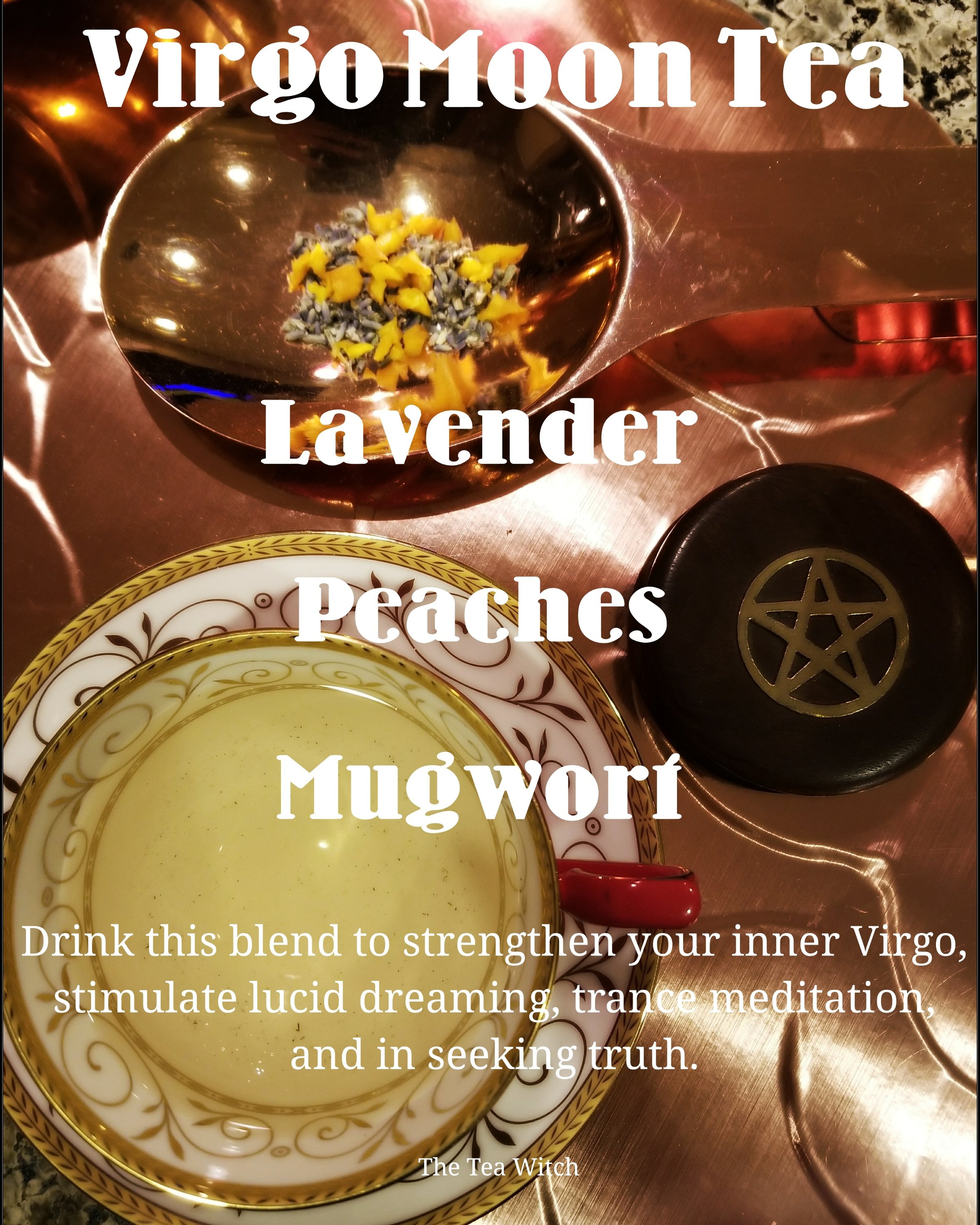April 8th, 2024
The phenomenon of a solar eclipse has long held a place of wonder and mystique in the human psyche. Across cultures and epochs, these celestial events have been viewed as powerful omens, bringing with them a profound impact on the natural world and the inner landscapes of human consciousness. The solar eclipse of April 8th, 2024, is no exception, positioned to cast its shadow across realms both seen and unseen, imbued with a significance that beckons to those sensitive to the more subtle vibrations of our universe.
A Cosmic Alignment
At its core, a solar eclipse occurs when the moon positions itself directly between the Earth and the Sun, obscuring the Sun’s light and casting a shadow upon the Earth. This alignment is not just a spectacular visual event; it is a convergence of celestial energies that has a deep magickal resonance. The sun, symbolizing life, light, and vitality, temporarily cloaked by the moon—emblematic of intuition, the subconscious, and the hidden aspects of life—creates a moment of balance between opposing forces, a fusion of light and darkness.
The Portal Opens: April 8th, 2024
The solar eclipse of April 8th, 2024, holds particular significance due to its timing and visibility. Occurring on a Monday—a day traditionally associated with the moon—amplifies its connection to the lunar energies and intuition. This eclipse serves as a powerful portal, an opening to deeper understanding and heightened spiritual awareness. It is a time when the veil between worlds is at its thinnest, allowing for an unprecedented flow of universal energies and making it an ideal moment for magickal workings, deep meditation, and the setting of intentions for personal growth and transformation.
Magickal Properties and Practices
During this eclipse, the energies are ripe for practices aimed at internal development and the exploration of the shadow self. It is an opportune moment for:
Shadow Work
Delving into the unconscious, confronting hidden aspects of oneself, and initiating healing.
Divination
Using tarot, runes, or other tools to gain insights into the past, present, and future.
Manifestation
Setting intentions or casting spells focused on new beginnings, personal growth, and the banishment of negative energies.
Meditation and Ritual
Engaging in rituals that honor the balance of light and darkness, or meditating to connect with higher consciousness and the universal energy.
A Time of Transformation
The solar eclipse on April 8th, 2024, is more than just an astronomical event; it is a celestial beacon for transformation and growth. It reminds us of the cyclic nature of existence, the eternal dance of light and shadow, and the power of moments of transition. For those attuned to the magickal dimensions of life, this eclipse offers a unique opportunity to align with cosmic energies, deepen spiritual practices, and embrace the transformative power of the cosmos.
Tea Ceremony
The solar eclipse on April 8th, 2024, offers a rare opportunity to celebrate the celestial dance between the sun and the moon. This ceremony combines the tranquility of a tea ritual with the culinary delight of specially prepared foods, creating a holistic experience that honors the energies of this unique day. As April 8th is also the Day of Mooncakes, honoring the Moon Goddess, a special emphasis is placed on the mooncake, a traditional delicacy symbolizing reunion and completeness. There is no coincidence that the solar eclipse so happens to have also fallen on this blessed day.
Setting the Scene
Choose a tranquil, comfortable location with a view of the sky (if possible). Decorate your space with symbols of the sun and moon—think of using yellow and silver colors, crystals like citrine and moonstone, and flowers that bloom in the daylight or moonlight. Begin just before the eclipse starts, to fully embrace the transition of energies.
Tea Eclipse Blend
Ingredients:
– Black tea (representing the shadow)
– Jasmine flowers (for the moon)
– Orange peel (for the sun)
– A pinch of gold edible glitter (for celestial sparkle)
Preparation:
1. Blend the black tea, jasmine flowers, and orange peel in equal parts.
2. Boil water and let it cool for about a minute to avoid burning the delicate jasmine.
3. Steep the tea blend for 3-4 minutes.
4. Pour into cups and sprinkle a pinch of gold edible glitter into each for a cosmic shimmer.
Eclipse Ritual Recipes
Sunshine Fruit Platter:
Arrange a platter of sun-colored fruits—think mangoes, oranges, and peaches. Cut them into sun and star shapes to celebrate the daylight being obscured.
Shadow Berry Skewers:
Thread blackberries, blueberries, and dark grapes onto skewers, symbolizing the shadow that the moon casts over the earth during an eclipse.
Mooncake Recipe: Honoring the Moon Goddess
Ingredients:
– For the Filling:
– 1 cup red bean paste (or lotus seed paste)
– 1/4 cup chopped nuts (optional, for texture)
– For the Dough:
– 1 cup all-purpose flour
– 1/4 cup golden syrup
– 1/2 teaspoon alkaline water
– 2 tablespoons vegetable oil
– 1 egg yolk, beaten (for glazing)
Preparation:
1. Make the Dough: Mix the golden syrup, alkaline water, and vegetable oil in a bowl. Sift in the flour, and mix until a dough forms. Cover and let it rest for 2 hours.
2. Prepare the Filling: If you choose, mix the red bean paste with chopped nuts for added texture.
3. Form the Mooncakes: Divide the dough and filling into equal portions. Wrap the filling with the dough, then press into a mooncake mold. If you do not have a mold, you can simply form them into crescent moon shapes.
4. Bake: Preheat your oven to 375°F (190°C). Place the mooncakes on a baking sheet and brush with beaten egg yolk. Bake for 10-12 minutes, or until golden.
5. Cool and Serve: Allow the mooncakes to cool completely before serving. They symbolize the full moon and the Moon Goddess’s blessings.
Closing the Ceremony
Partake in this ceremony as the eclipse starts. As it reaches totality, take part in a group meditation to connect with the energies of the eclipse. Honor the Sun and Moon with your energy and intentions. As the eclipse concludes and the sunlight begins to return, reflect on the experience, the celestial energies, and the connection felt with the universe. Share thoughts and feelings with your guests, and close with a collective moment of gratitude for the beauty and wonder of the cosmos.
This tea ceremony and accompanying recipes offer a way to engage with the magickal energies of the solar eclipse, creating a space for reflection, celebration, and culinary delight. Enjoy the profound connection to the celestial dance, and may the balance of light and shadow bring harmony and insight.
In conclusion, as the shadow of the moon obscures the sun on this auspicious day, let us remember the magickal significance of this event. It is a time to reflect, to look inward, and to embrace the mysteries that lie in the darkness, knowing that from this darkness comes light, growth, and profound transformation.















